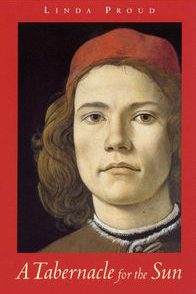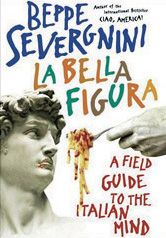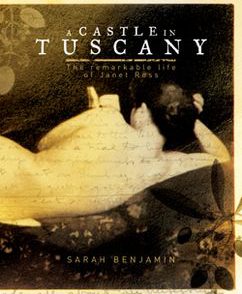‘I said, I killed him,’ she said, and her voice was light and cool as though it was trying to float free from her body, where the bones pressed painfully against her paper skin. Outside a siren screamed in close, and another, and the flashing blue of a light swept around the bar.What if the nature of a city could create its own crimes? What if a dark heart of Florence could give rise to its own, peculiar, species of murder and re-venge? Those are disconcerting, probing questions at the heart of Christobel Kent’s tragic thriller and fourth novel, A Florentine Revenge.‘Every city has its secrets and every crime its retribution,’ exclaims its subtitle, and Celia, the novel’s tour-guide protagonist, is caught in both. Beginning with an intriguing and not altogether comfortable telephone exchange with a hugely wealthy English businessman, Celia’s routine, slightly melancholic life becomes embroiled in a terrible sequence of discoveries from which she cannot escape.Leading her clients and the reader through the churches, galleries, streets and cafés of Florence, this ordinary girl is exposed to, and exposes, a Florence of disconcerting and perverse extremes: oppressive heat and biting cold; cultural wealth and social dearth; love, children, marriage; hate, infanticide, struggle.A Florentine Revenge is not a scholarly work—nor does it pretend to be. Its ecphrases, visual descriptions and evocations are unremarkable, but that seems partly to be Kent’s point. Celia and her ex-patriot acquaintances (Dan the journalist and academic; Beate the enigmatic, beautiful tour guide and painter) are coupled by Italian types—Luisa, for example, who sells frocks in Frollini’s, dreaming of slim hips and green silk. The lives of Kent’s characters hinge on a recognizable normality. Except two. Lucas and Emma Marsh are shrouded in the mysteries of the ineffably rich and beautiful. Celia and Luisa look at them with prying eyes, won-dering, imagining, but never getting to the heart of what makes them so mysterious, enigmatic, and intriguing. Florence, or something inherent in the city’s fabric, succeeds where Celia and others fail. Gradually the secrets unravel and the climactic suspense of a good murder mystery builds. Those readers who enjoy cliff-hangers will have them two a penny here. Correspondingly, Florence becomes littered with a trail of morbid images which, one at first fears, then slowly realizes, are the unnerving traits of a city that may revenge its own crimes and exact its own retribution.
LIGHT MODE
DARK MODE
Most popular
The Florentine







